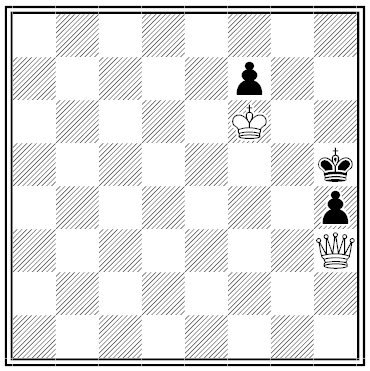In a Word
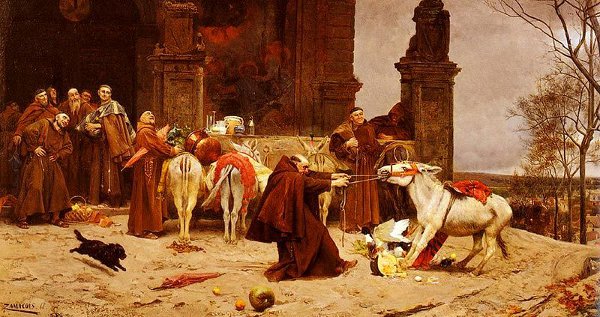
nolition
n. unwillingness
gelogenic
adj. producing laughter
Old Soldiers Never Die …

From Currier & Ives — “The Shade and Tomb of Washington.” His tomb is clear enough — where is his shade?
One of a Kind
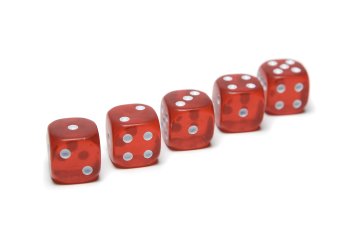
You’re about to roll five regular dice. Which is more likely, rolling no sixes or rolling exactly one six?
“Clothes”

In Shakespeare’s plays
Nobody knows
For days and days,
Till the very end,
His closest friend
If he’s changed his clothes.
Prospero has
But to put on his hat
And he’s what he was,
A duke, like that!
They gladly aver,
Who knew him before,
“You are what you were
When you wear what you wore.”
— Henry G. Fischer
Reverse Psychology
From the Flemish painter Cornelius Gijsbrechts, a painting of the back of a painting (1670):
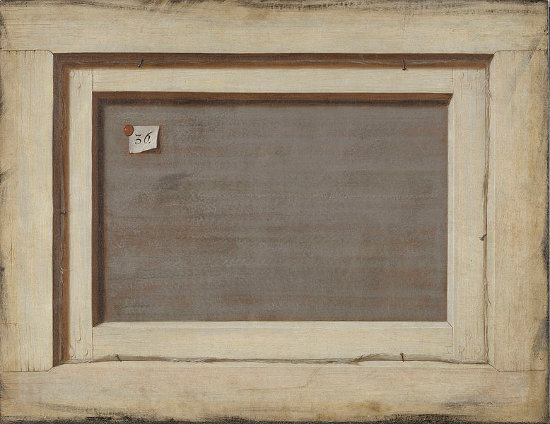
“The Reverse of a Framed Painting was not intended to be hung on the wall, but to be placed against it,” writes Olaf Koerster. “The viewer would be deceived into trying to turn the picture around, only to see the reverse of an unframed painting: Gijsbrechts had created the paradoxical painting with two backs.”
Sweet and Low

At age 10, Nob Yoshigahara won the grand prize in a newspaper competition with this puzzle:
Given a sack of sugar, an unbalanced scale, and two 5-pound weights, measure exactly 10 pounds of sugar.
“A Llyric of the Llama”
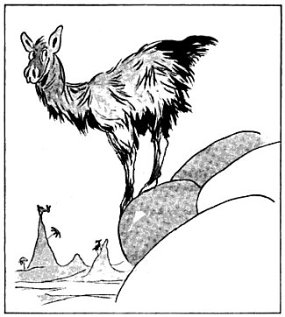
Behold how from her lair the youthful llama
Llopes forth and llightly scans the llandscape o’er.
With llusty heart she llooks upon llife’s drama,
Relying on her llate-llearnt worldly llore.
But llo! Some llad, armed with a yoke infama
Soon llures her into llowly llabor’s cause;
Her wool is llopped to weave into pajama,
And llanguidly she llearns her Gees and Haws.
My children, heed this llesson from all llanguishing young lllamas,
If you would lllive with lllatitude, avoid each llluring lllay;
And do not lllightly lllleave, I beg, your llllonesome, lllloving mammas,
And llllast of allll, don’t spelllll your name in such a silllllly way.
— Burges Johnson, Everybody’s Magazine, August 1907
Speed and Style
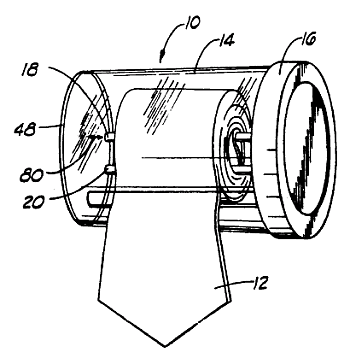
Douglas Eaton’s “storage apparatus for storing a necktie,” patented in 1993, winds your neckwear into a tidy cylinder when you’re not using it and dispenses it again at interview time. “The wrapping of the necktie about the tie rods and the storing of the necktie in the case prevents the necktie from substantially creasing during a storage period of time.”
Con Heir
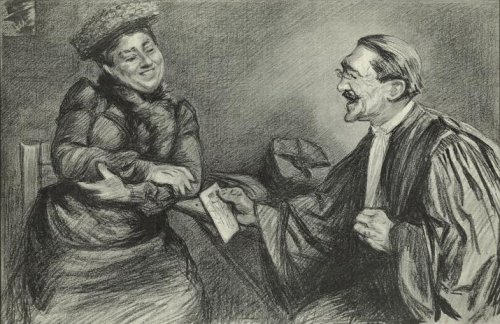
In 1879 Thérèse Humbert was traveling by railway through France when she met an ailing American millionaire named Robert Crawford. She sought medical care for him, and he showed his gratitude with a handsome bequest, which she kept in a sealed safe.
Or so she said. Humbert and her husband lived luxuriously in Paris for two decades, borrowing money against Crawford’s unseen gift. When suspicious creditors finally sued her, they discovered that Crawford didn’t exist and the safe contained a handful of worthless papers. She was sentenced to five years in prison.
In 1897 Ohio con artist Cassie Chadwick “confessed” to a Cleveland lawyer that she was the illegitimate daughter of Andrew Carnegie and stood to inherit $10 million on his death. She parlayed his sympathy into a series of bank loans and lived lavishly until 1904, when she was unable to repay a Massachusetts banker. Carnegie, who denied her story, attended the trial and saw her sentenced to 10 years in prison. She died two years later in the Ohio State Penitentiary.

